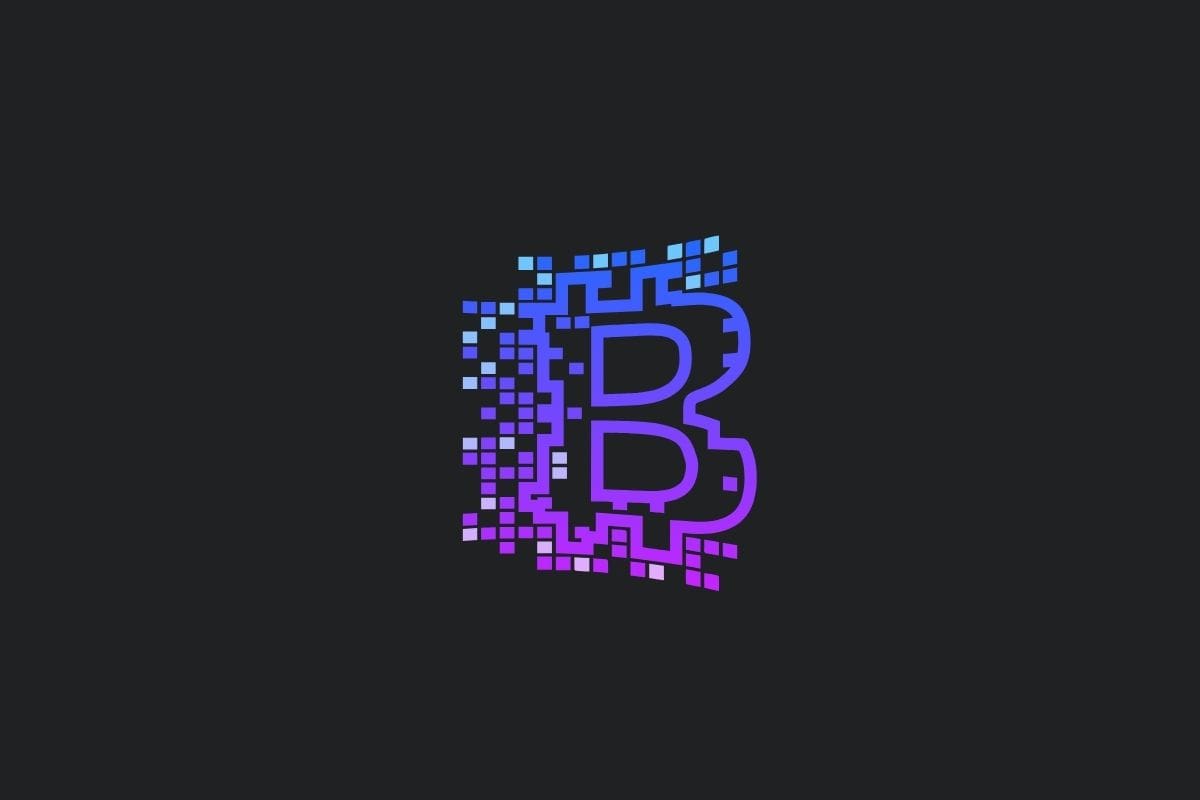In the intricate and fast-paced realm of blockchain technology, testnets play a pivotal role in the development and evolution of cryptocurrencies.
This article aims to elucidate what crypto testnets are, their purpose, and their importance in the cryptocurrency ecosystem, while addressing commonly asked questions about these essential tools.
What is a Crypto Testnet?

A crypto testnet, short for ‘test network,’ is an alternative blockchain used by developers for testing. Testnets simulate the conditions of a mainnet (or main network) allowing developers to experiment and test new features, find bugs, and ensure stability without risking real funds or impacting the main blockchain.
Key Functions of Crypto Testnets
- Safe Testing Environment: Testnets provide a risk-free environment for developers to test new blockchain features, smart contracts, and applications.
- Network Protocol Testing: They are used to test changes to the blockchain’s protocol, ensuring that updates do not disrupt the main network.
- User Training: Testnets offer a practical learning environment for new users to understand blockchain operations without using real money.
The Importance of Testnets in Cryptocurrency Development
Testnets are crucial for the ongoing development and maintenance of blockchain networks. They help ensure that any updates or new features can be deployed smoothly on the mainnet, minimizing disruptions and security risks.
Frequently Asked Questions
- How do testnets differ from mainnets? Testnets are separate from the mainnet and typically use tokens that have no real value, allowing for safe, cost-free testing.
- Can anyone use a testnet? Yes, testnets are generally open to developers and users who wish to test new features or learn about blockchain technology.
- Do testnet tokens have real value? Tokens used on testnets do not have real value and cannot be used in the same way as tokens on the mainnet.
Crypto testnets are an indispensable part of the blockchain development process, providing a safe and effective platform for testing and improvement.
Their role in refining blockchain technology and applications underscores the meticulous and innovative nature of cryptocurrency development, ensuring the stability and reliability of these digital assets.

